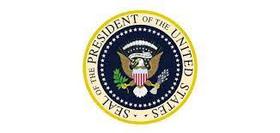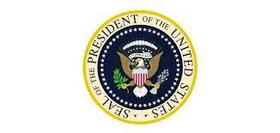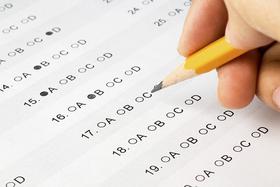Your child has taken the SSAT as part of the admissions process for several schools. You have received the Scores Report. Now, what does it mean? How do you read the Scores Report?
Background
The first thing to remember about the SSAT is that each private school you are applying to views SSAT test scores through its own admissions lens, as it were. That means that your child's score won't necessarily mean the same thing in the various admissions offices. Why is that? The answer lies in the fact that each private school is an independent, legal entity. In other words, each school does its own thing. Each school has its own educational philosophy, its own idiosyncratic approach to teaching, and so on. Most schools also have had years of experience and tradition teaching young people. That means that their admissions officers know what kind of applicant will be successful in their educational and community setting.
So, where does a standardized admissions test like the SSAT fit in? It provides a common platform for assessing basic academic knowledge. Put another way, if Sally from Middle School A applies, she will be taking the same admissions test as every other applicant, regardless of where they go to school. Standardized testing provides a level playing field; at least, that is the theory behind standardized testing. Read Aaron Churchill's essay Bless the three reasons for standardized testing for an overview of the subject. Most standardized admissions tests used in private K-12 schools are national tests. Indeed, the SSAT is not only national, and it is international. That means that a student in the Phillippines applying to a boarding school in the United States will take the SSAT the same way as a student from Boise, Idaho would.
In summary, standardized tests are just one component of a candidate's application portfolio. Teacher recommendations, her principal's recommendation, her admissions essay, and her life experience fill out her profile for the admissions office.
How to read the Scores Report
You will recall that the SSAT consists of 3 sections: Quantitative or Math, Verbal and Reading Comprehension. For grades 8-11, each section has a possible 800 points perfect score, theoretically allowing a 2400 points total. There is a Writing Sample or Essay, but it is not scored.
The SSAT uses Percentile Ranks to show you how your scores in each section compare with students who have taken the test over the last three years. A score in the 85th percentile indicates that you are ahead of 85% of other students taking the test.
This video from Mometrix Test Preparation offers a guide for the Verbal Study section of the SSAT.
How do schools use the Scores Report?
Schools use the Scores Report for several things.
1. They want to see if you are prepared to do the work at a private school. Private schools typically expect a high standard of academic work. And there is a lot of it. For example, the typical public school high school Shakespeare class will cover one play a year if it is lucky. A private school English literature class will cover several plays a year. And in great depth and detail.
2. Schools are looking for deficiencies in your child's basic or core learning skills. Is your daughter a brilliant mathematician? That's great! But she also must be able to read and understand what she is reading. The SSAT's Reading Comprehension component helps the admissions staff assess candidates' abilities. Once deficiencies are identified, the school can plan the academic work more efficiently. In cases where there are gaps or missing skills, they can remediate if they choose to.
3. Test scores help the school project how students will perform on other standardized tests they will encounter throughout their adult lives. Tests such as LSAT, GRE, and the GMAT, are just a few of the many standardized tests that have become part of the fabric of assessment in the United States and, indeed, throughout the world. Private schools have a fine track record of preparing their students for college work. The effort your child puts into preparing for the SSAT will pay dividends over the years. It will not be time wasted.
4. The SSAT is a "norm-referenced" test. From the SSAT website: "The SSAT is a norm referenced test, which means that a student’s SSAT scores are compared to a hypothetical average student from a norm group. The SSAT norm group consists of all first-time test takers over the past three years in the U.S. and Canada."
"This group is highly competitive; a student’s results are compared only with other students of the same grade and gender who are applying to some of the most selective independent schools in the country.. "
Read The Glossary of Educational Reform's in-depth discussion of norm-referenced tests for a complete understanding of how tests like the SSAT are designed and work.
Computer vs. Paper Testing
You may have heard or perhaps read that some students do better with paper and pencil versions of a standardized test such as the SSAT. That is a factor that you as a parent will have to assess. The SSAT is available both in the older paper-based test format and the CBT or Computer-Based Testing. For a discussion of the pros and cons of each type of testing, visit the Prometric site. Prometric is one of the largest CBT providers with locations throughout the world.
This video from TestPre offers strategies for acing the SSAT.
Conclusion
Taking the SSAT requires preparation and practice. Don't assume that your daughter knows how to take the SSAT just because she does well in school. Start well in advance. The SSAT offers plenty of practice tests and strategies on its site. If necessary, hire a test prep tutor. Your daughter deserves to take her SSAT with confidence and the certain knowledge that she is doing the best.
Questions? Contact us on Facebook. @privateschoolreview























